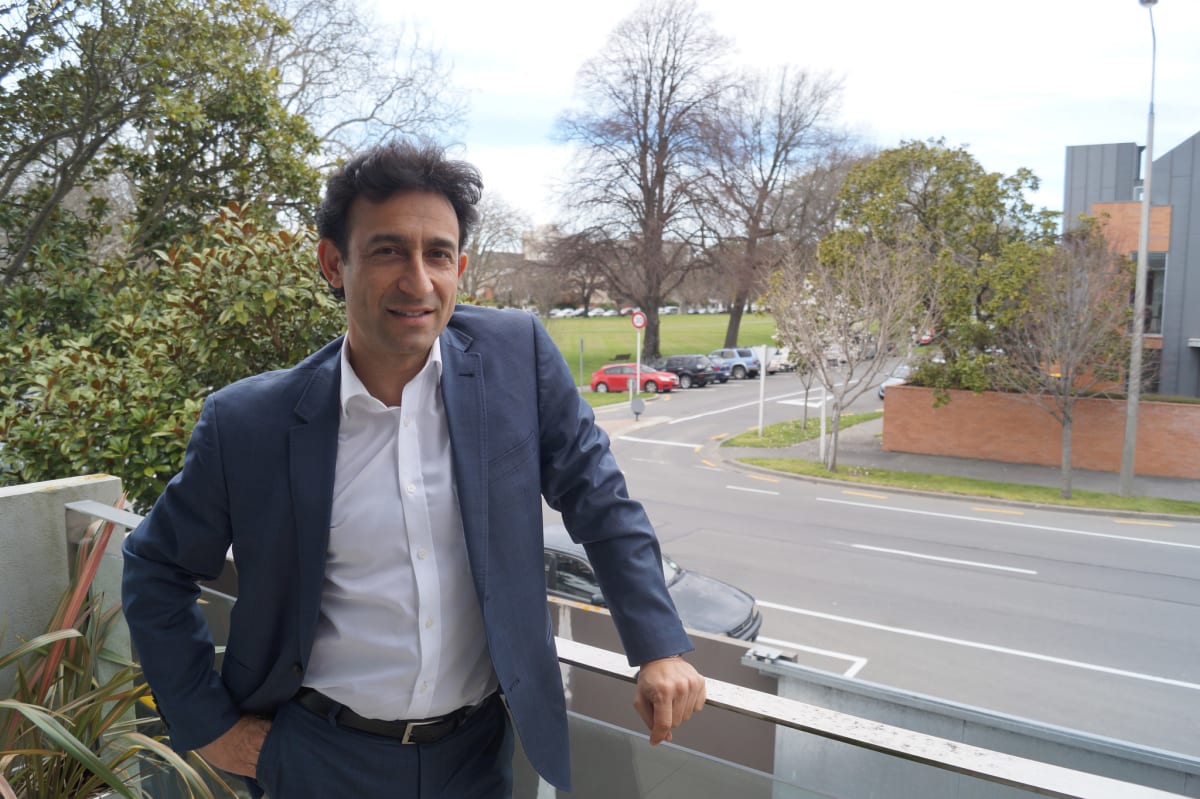
In the Swing Seats: A combination of a capable National candidate and a nationwide swing against Labour should be enough to unseat Sarah Pallett, though TOP leader Raf Manji could make it a tough race
Opinion: The electorate of Ilam is to the north-west of Christchurch city centre. It has a unique demographic profile with a mix of young and old residents, an over-representation of university students, and a higher concentration of people working in professional and educational sectors than the New Zealand average.
In 2020 there was an upset win for Labour’s Sarah Pallett, a former midwife and midwifery lecturer. This ended a long run by National's Gerry Brownlee, who had held the seat since 1996 when it was created.
READ MORE:
* Liam Hehir: Why I vote one way and donate another
* TOP promises leg up for under-30s, with civic service on the side
* TOP and the not terribly Teal Deal
Brownlee has opted against trying to win it back, and is standing on the list only. National's new candidate is Hamish Campbell, a former deputy head of research at MS Australia. His expertise is in genetics and cancer research, which is probably a good fit for the highly educated electorate.
Ilam's demographic profile and the changing political landscape suggest a tough race. The electorate, once a safe blue seat, is now more politically fluid. Campbell is a strong candidate, although he may not have the strongest local profile.
Manji has already had long interviews with Newshub Nation and Q+A in which he was allowed considerable licence to expand on his quixotic political beliefs
What makes this race particularly interesting, however, is the candidacy of the Opportunities Party (TOP) leader, Raf Manji. A former city councillor who seems to be rated by Cantabrians, this is his second crack at Ilam after coming second as an independent in 2017. He received a creditable 23 percent of the vote that year, though a long way away from the tight race he had claimed the race would be.
This year he has the added benefit of being the leader of a political party, which confers additional profile. Despite not really threatening to crack the five-percent threshold, TOP finds disproportionate favour with political media. Manji has already had long interviews with Newshub Nation and Q+A in which he was allowed considerable licence to expand on his quixotic political beliefs.
This strategy represents a real change for TOP. When it was launched by Gareth Morgan, the party largely eschewed electorates as a means of securing representation. That position didn’t last as the party failed to capture the public imagination, however, and the path of winning an electorate seat gathered more and more appeal. Now, the party seems to have put all its eggs in the Ilam basket.

We do have some polling information for the contest. Last month, TOP claimed that its internal polling had Manji at second with 23 percent of the vote behind Campbell, who was on 27 percent. Pallett was said to be trailing both with just 18 percent.
This framing quickly unravelled as it emerged that the survey had been completed with something less than scientific rigour. The Taxpayers' Union and Curia poll, conducted in accordance with accepted protocols, had Campbell running away with 43 percent of the vote and Pallett and Manji locked in a battle for second on 20 percent and 18 percent respectively.
The issues with local polling in New Zealand are well-known, and Campbell would be a fool to pop the champagne on this basis. Nevertheless to the extent that polling gives us any kind of indication, TOP’s internal polling should be set aside from consideration.
The days when National can expect an absolute majority in Ilam are probably gone. However, in 2023 the combination of a capable National candidate and a nationwide swing against Labour should be enough. Manji may complicate things but a history of overpromising and underdelivering tends to point away from that.
This should be a National pick up.








